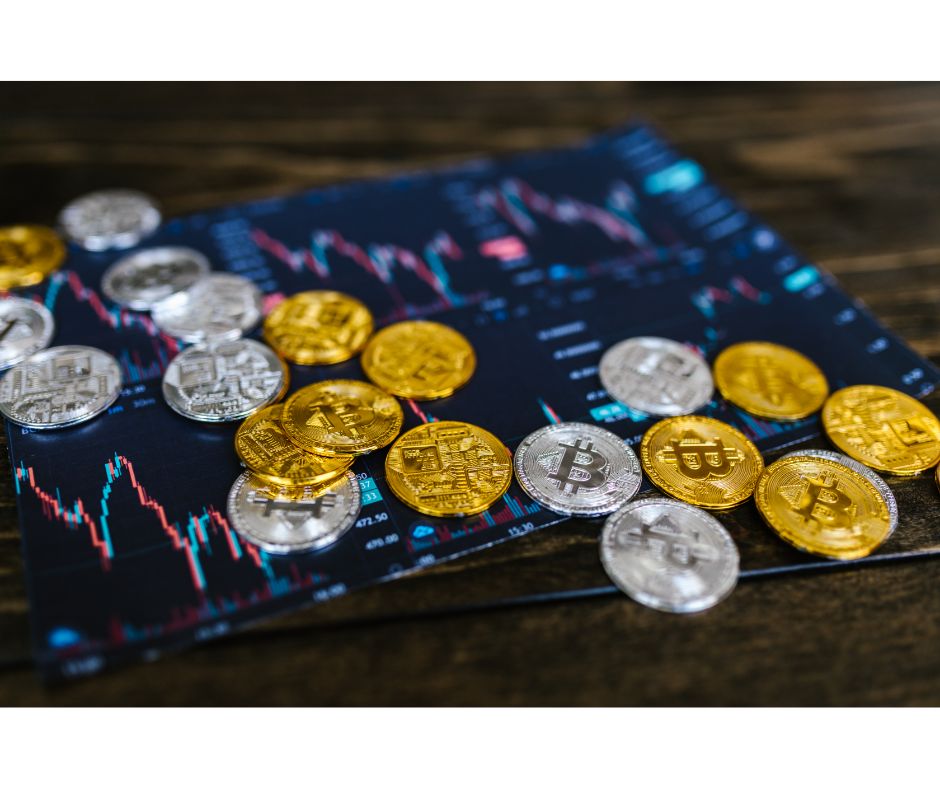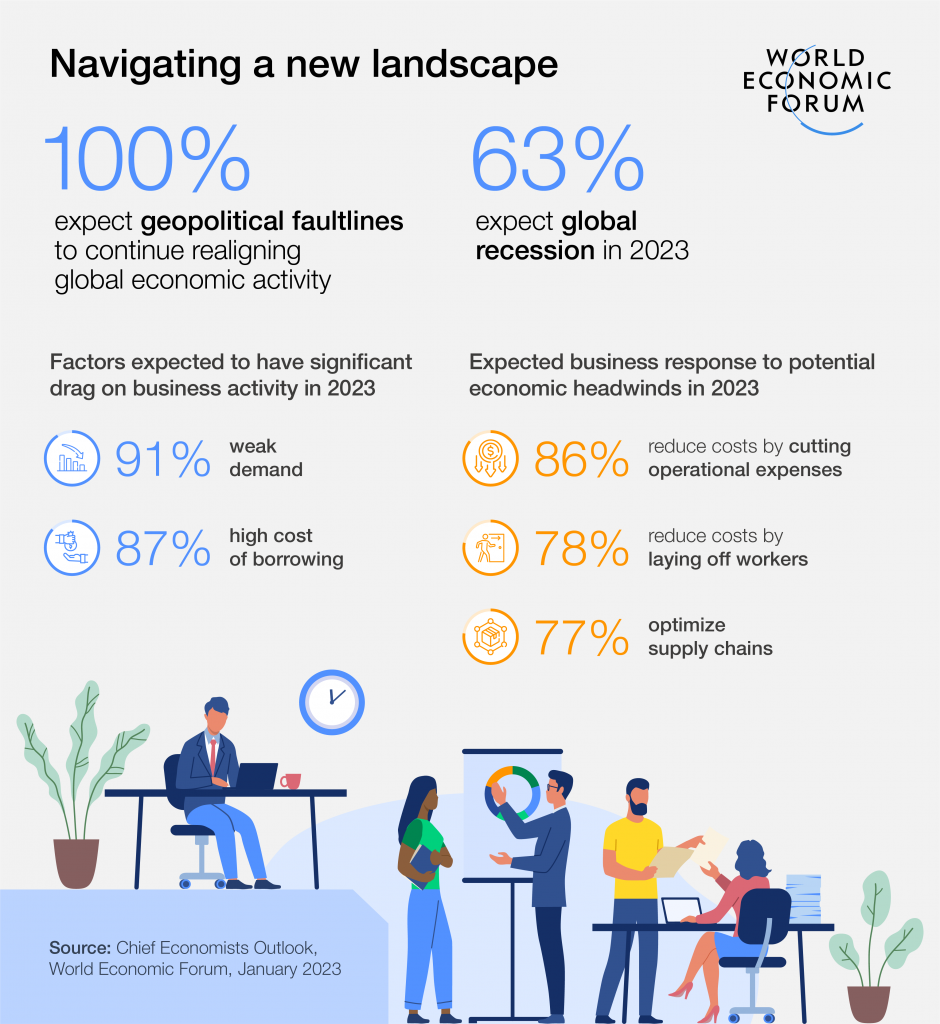In today’s interconnected world, international business is not only influenced by market forces and economic conditions but also by the ever-changing landscape of global politics. Governments play a pivotal role in shaping policies that directly impact businesses operating across borders. The dynamics of political alliances, treaties, sanctions, and trade agreements can either facilitate smooth operations or introduce significant challenges for multinational corporations.
1. Political Stability and Economic Policy
Political stability is a cornerstone for economic growth and investment. Stable governments typically foster favorable business environments characterized by predictable regulatory frameworks, consistent policies, and reliable institutions. These factors attract foreign direct investment (FDI) and encourage businesses to expand operations within a country.

Conversely, political instability, coups, civil unrest, or regime changes can disrupt business operations significantly. MNCs often face heightened risks such as asset seizure, contract renegotiations, or even nationalization in politically unstable regions. The uncertainty generated by such events can deter investment and force businesses to reassess their strategies or withdraw from affected markets.
2. Trade Policies and Tariffs
Governments wield significant influence through trade policies and tariffs, which directly impact the cost competitiveness of goods and services in international markets. Trade agreements, such as free trade agreements (FTAs) or customs unions, aim to reduce tariffs and trade barriers, facilitating smoother trade flows and market access for businesses.

However, shifts in political alliances or the imposition of tariffs and trade restrictions can disrupt established supply chains and increase costs for MNCs. For instance, trade tensions between major economies like the United States and China have led to tariff escalations, affecting industries reliant on global supply chains and influencing investment decisions.
3. Geopolitical Risks and Security Concerns
Geopolitical factors, including international conflicts, terrorism, and regional tensions, pose significant risks for businesses operating across borders. These risks manifest in various forms, from physical threats to infrastructure and personnel, to regulatory changes aimed at enhancing national security.

For example, sanctions imposed by one country against another can limit trade and financial transactions, impacting businesses with operations or interests in the targeted region. MNCs must navigate these risks by conducting thorough risk assessments, implementing robust security measures, and diversifying their operations to mitigate potential disruptions.
4. Influence of Political Alliances and Regional Integration
Political alliances and regional integration efforts, such as the European Union (EU) or ASEAN (Association of Southeast Asian Nations), create integrated markets with standardized regulations and reduced trade barriers. These agreements offer businesses economies of scale, access to larger consumer markets, and streamlined regulatory processes.

However, the stability and coherence of such alliances can be fragile, subject to shifts in member countries’ political priorities or external pressures. The Brexit referendum and subsequent negotiations underscored the complexities and uncertainties surrounding regional integration, impacting businesses across Europe and beyond.
Strategies for Businesses
In response to the dynamic interplay of politics and international business, companies adopt several strategies to manage risks and capitalize on opportunities:
- Political Risk Assessment: Regular assessment of political risks in target markets informs strategic decision-making and risk mitigation efforts.
- Diversification: Diversifying markets, suppliers, and investment portfolios reduces dependency on any single market or region prone to political instability.
- Government Relations: Engaging with government officials, policymakers, and industry associations enables businesses to advocate for favorable policies and influence regulatory outcomes.
- Adaptability and Resilience: Building flexibility into supply chains, operations, and strategic planning allows businesses to respond swiftly to political developments and mitigate disruptions effectively.
Here are some examples to illustrate how changing governments and political alliances have impacted international business:
US-China Trade Relations: The trade war initiated by the Trump administration against China significantly affected global supply chains and business strategies. Tariffs were imposed on billions of dollars worth of goods, prompting companies to reconsider manufacturing locations and supply chain logistics to mitigate increased costs. The phase one trade deal signed under the Biden administration brought some relief but tensions continue to shape global trade dynamics.

Brexit and Its Impact on EU-UK Trade: The United Kingdom’s decision to leave the European Union (EU) through Brexit introduced complexities for businesses operating across the UK and EU. Industries heavily reliant on frictionless trade faced disruptions due to new customs checks and regulatory requirements. Companies had to navigate new trade rules, tariffs, and supply chain adjustments, impacting sectors from automotive to financial services.
Russia-Ukraine Conflict and Sanctions: Geopolitical tensions between Russia and Ukraine have led to sanctions imposed by Western countries, targeting Russian individuals, businesses, and sectors such as finance, defense, and energy. These sanctions restrict trade and investment activities, affecting multinational corporations with operations or interests in Russia and Ukraine, and prompting them to reassess their risk exposure and operational strategies.

Impact of COVID-19 Pandemic: The global pandemic underscored the vulnerability of supply chains to disruptions. Governments implemented various measures, from travel restrictions to export controls on medical supplies, affecting international trade and business operations. Companies had to quickly adapt by diversifying suppliers, revising logistics strategies, and navigating fluctuating demand patterns amidst evolving government responses.
Trade Agreements and Regional Integration: The Comprehensive and Progressive Agreement for Trans-Pacific Partnership (CPTPP) and the Regional Comprehensive Economic Partnership (RCEP) are examples of recent trade agreements that aim to enhance economic cooperation among member countries. These agreements create opportunities for businesses to access new markets with reduced trade barriers, fostering economic integration in the Asia-Pacific region.
Navigating the intersection of politics and international business requires agility, foresight, and a deep understanding of global dynamics. Businesses that proactively manage political risks, leverage opportunities presented by regional integration, and maintain robust government relations are better positioned to thrive in an increasingly complex global economy. By staying informed, adaptable, and strategically proactive, MNCs can navigate the challenges posed by changing governments, political alliances, and geopolitical uncertainties while capitalizing on new opportunities for growth and expansion.
Join our Masters programme in business and kickstart your career to another level. Talk to one of our education advisor to know more about the admission process, fee structure and intake information.














